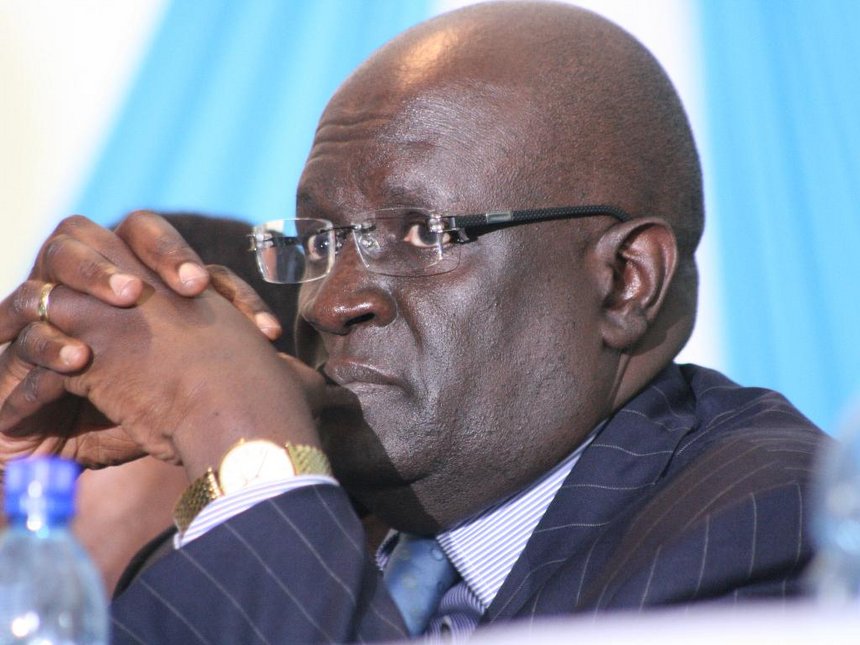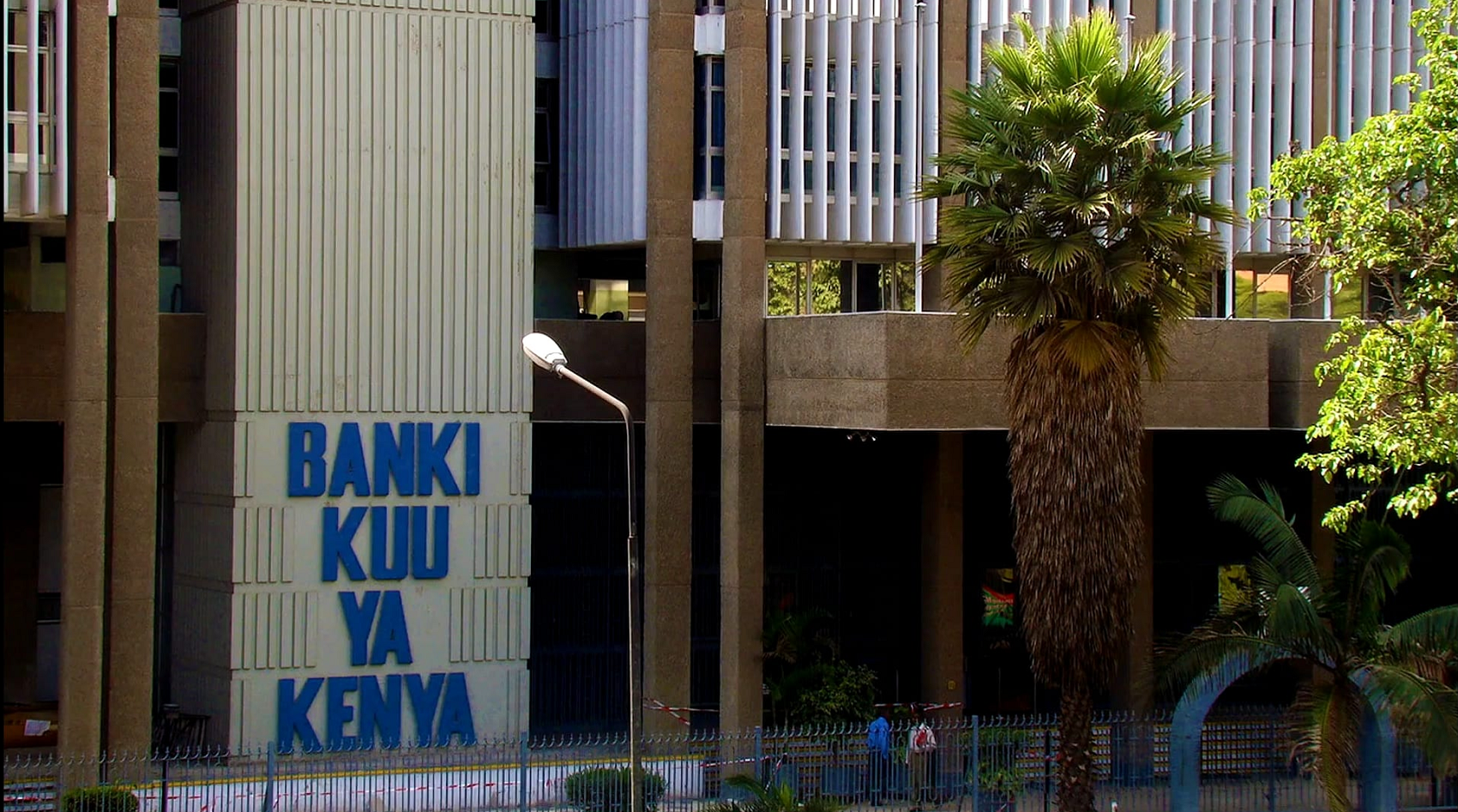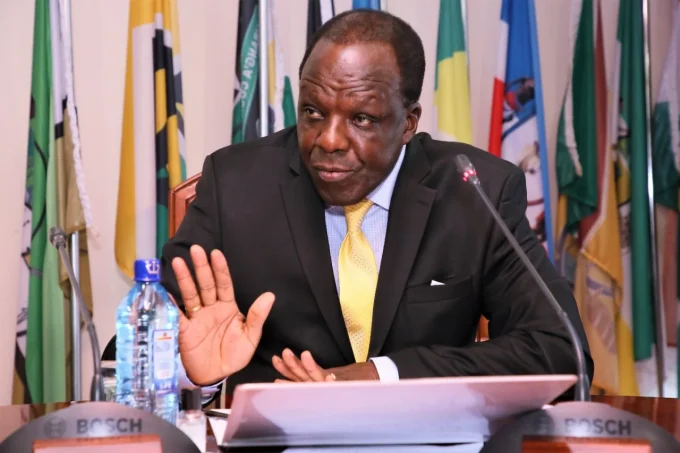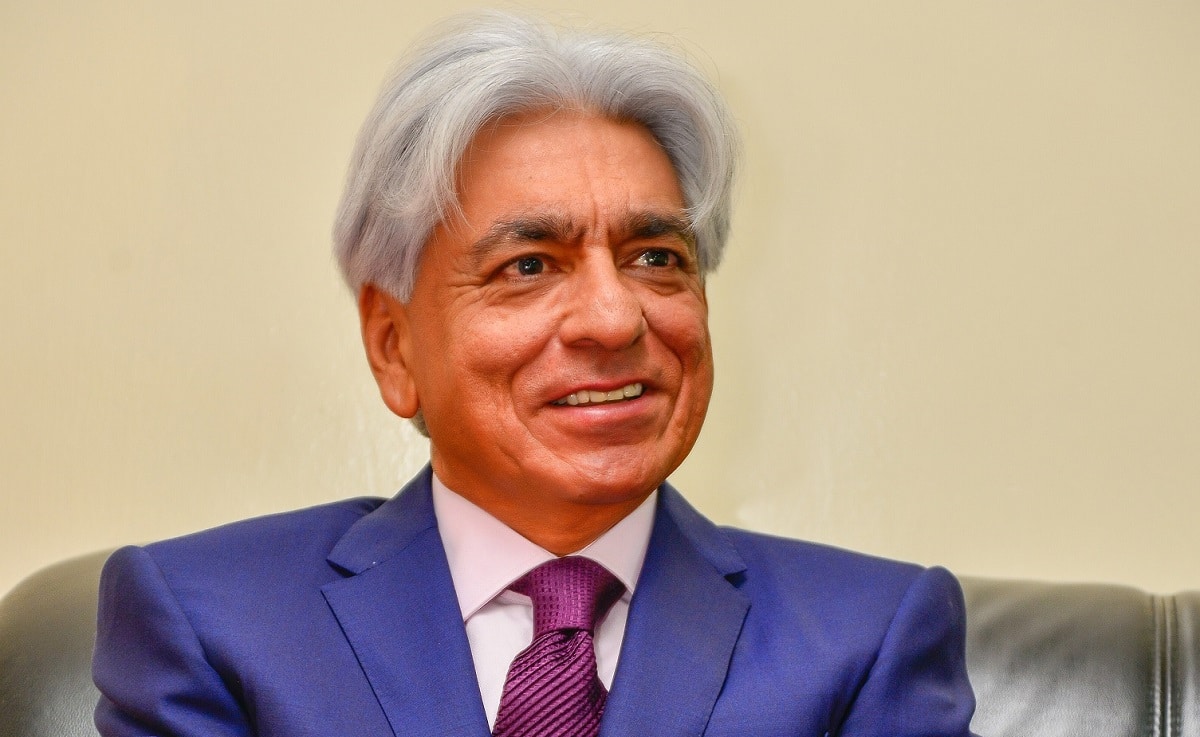By The International Center for Policy and Conflict
The International Center for Policy and Conflict (ICPC) notes with great concern the loss of academic year for the more than 10 million children.
This has serious implications for the children, now and in the future. The Government of Kenya must take full responsibility for failing to proper plan and fund the education sector adequately in order to effectively and efficiently respond to COVID-19 disruptions in the education sector.
The government continues to treat this matter casually. Kenya has been, since March when schools closed, Kenya is the only country in the region that has had no clear plan and seems caught between whether to reopen schools partially or fully.
It is important to observe that a caring, well-organised and ambitious country that provides a vital ingredient of a modern childhood must have a good and properly-resourced education.
This is not just vital to the child. It is critical to the development of a country’s economy. Delaying opening schools is detrimental to the overall interest of a child.
COVID-19 shows no signs of abating. The schools reopening apart from health guidelines must also identify and strengthen programs that will guarantee the recovery of learning gaps resulting from the pandemic.
The unprecedented disruption to Kenya children’s education could result in a lost generation. The longer schools are closed, the greater the risk that thousands if not millions of children will never return to school for various reasons.
Other children are facing lifetime of poorer learning and life future outcomes. The Covid-19 pandemic has caused an unprecedented education emergency. If Kenya allows this education crisis to unfold, the impact on children’s futures will be long-lasting and this will affect society as well as increase in poverty levels.
Read>>>>> Basic Education Classes to Resume in January 2021
COVID-19 has exposed the stark realities and consequences of underinvestment in public schools and unmasked substantial inequities in the education sector. Improving quality and access to education must feature high in the government’s priorities.
There is already first-hand impact of the pandemic on vulnerable families and children. Before the outbreak of the virus, there was already a sharp divide in school attendance along wealth and gender lines.
These factors are likely to be exacerbated by school closures, with girls and children from poverty-stricken families being hardest hit.
School closures have meant much more than education loss for many children. Most children from marginalised groups who were already lagging behind in their studies have suffered the greatest loss.
Apart from urgently prioritizing and investing in the safe opening of schools, the government must ensure there are fully supported learning assessments and catch up classes are adopted so that children can make up for lost learning.
It is crucial and urgent for the government to make education a priority by producing and implementing COVID-19 education responses and recovery plans. There has to be massive increase in education funding to not only address the Covid19 impact on the education but also bridge the education inequality gap.
The government must draw and implement a comprehensive urgent clear plan on massive investment in public schools from infrastructure development, teaching staff to digital literacy tools.
It has to be made mandatory for adequate budgetary allocation to public schools. School infrastructure is a key base for learning in schools. School infrastructure, its design, quality, and day to day management is significant in enabling the school system to deliver improved education outcomes.
While providing desks to public schools is an important component in the process, it is unfortunate that the piecemeal ad hoc approach to investing in education infrastructure is an ineffective solution.
The Country needs urgent holistic evidence-based model investments in education infrastructure
Specific steps
First, the government must collect and analyze a vast and diverse amount of data on the education system to have a clear picture of the state of affairs.
Second, the government must identify the challenges in the education sector.
Third, a set of criteria to prioritize investments must be developed.
Fourth, special attention must be placed in monitoring the implementation of the public schools plan.
Underinvestment
COVID-19 has exposed the stark decay and collapse of government’s schools infrastructure.
The number of public primary and secondary schools and teachers available for education are both woefully inadequate. This is exacerbated by the poor facilities at many public primary schools.
The government urgently needs to start building the infrastructure and rehabilitate existing schools to improve the standards of education and the learning environment. Further, the government must create a supply pipeline of future teachers while ensuring significant improvements in their levels of literacy, numeracy, and digital skills. The current distribution ratio of teachers to students is far from the recommended number. The situation is worse in rural areas.
National and County governments should invoke Articles of 187 and 189 of the Constitution of Kenya 2010 to develop a comprehensive cooperation and partnership agreement in which County Goverments will take the functions of development and management of public schools in their jurisdictions including the corresponding financial resources. Public schools must become the best destination for any child in any part of the country.
In Case You Missed It>>>>> A Simple Guide to Education Investment Plans
Finally, the government must review and develop new academic calendar. The new academic calendar should start in September and end in July the following year.
This change is crucial in ensuring flexibility for adjustments and filling the glaring gaps in learning. This change will harmonize the school calendar years for the various levels of the education system with colleges and international schools having their own calendars beginning in September.
The calendar change will help cut time wasted during the transition from secondary school to college as well as smoothen the transition from one system of education to the other.
Changing the school calendar year does not breach any East African Community protocol. Tanzania already has its school calendar year beginning in September.
What’s more, this calendar change aligns school calendar years to the life cycle of governments, which constitutionally, begin in July, every five years.













Leave a comment